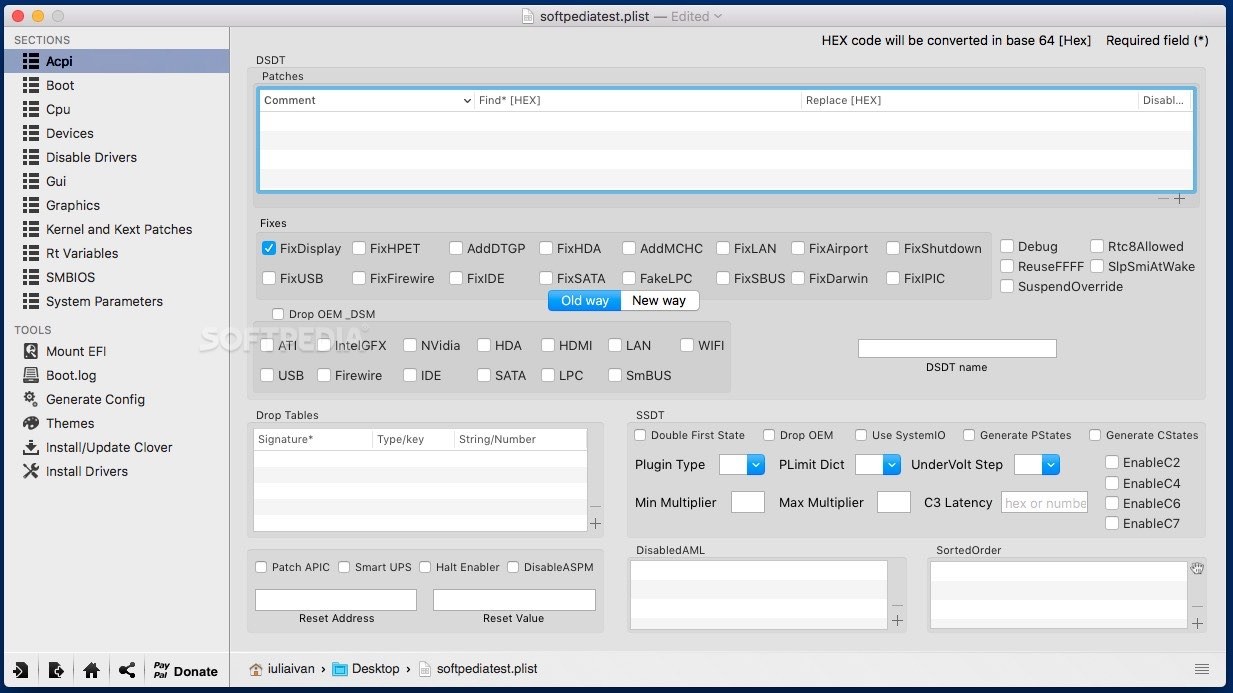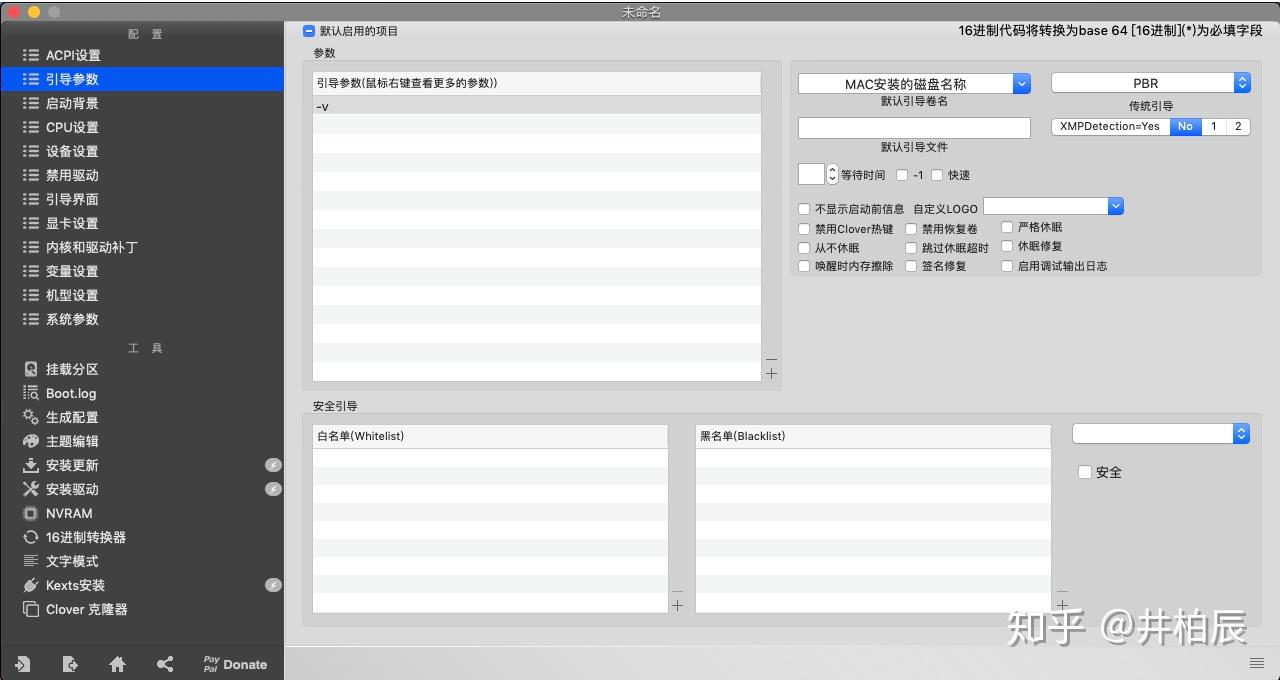


OpenCore offers better overall security with better support for FileVault, no need to disable System Integrity Protection(SIP) and even secure boot-like functionality support via Vaulting.
Reset nvram using clover configurator update#
Better overall stability as patches can be much more precise : macOS 10.15.4 update as an example.On average, OpenCore systems boot faster than those using Clover as less unnecessary patching is done.Guide will be updated soon after each OpenCore release Advantages of OpenCore This guide supports 0.5.8, newer versions will require you to read the Differences.pdf. And those who have issues can visit both the r/Hackintosh subreddit and r/Hackintosh discord for more help. For those starting, please see the r/Hackintosh Vanilla Desktop Guide. Lastly, this guide is only meant to be a starting point in your journey with OpenCore and not recommended for beginners unless absolutely necessary.

While quite stable, and arguably much more stable than Clover in pretty much every way, is still being frequently updated and so chunks of configuration change quite often(ie. Please remember that OpenCore is still new and currently in beta. While OpenCore is primarily designed for Hackintosh systems, it can be used in any scenario where an emulated EFI is needed with many using it on KVMs and even real Macs And with its custom prelinker, kext injection becomes macOS version agnostic meaning day 1 support on any macOS version supporting a prelinked kernel. The main thing OpenCore aims to do is create a more versatile and modular system which can better understand symbols and structures to make patching far more precise and effective. OpenCore is an open-sourced tool designed to prepare a system for macOS booting and has been architected to alleviate many of the constraints imposed by its alternatives like Clover(these tools are sometimes referred to as “boot loaders”).


 0 kommentar(er)
0 kommentar(er)
